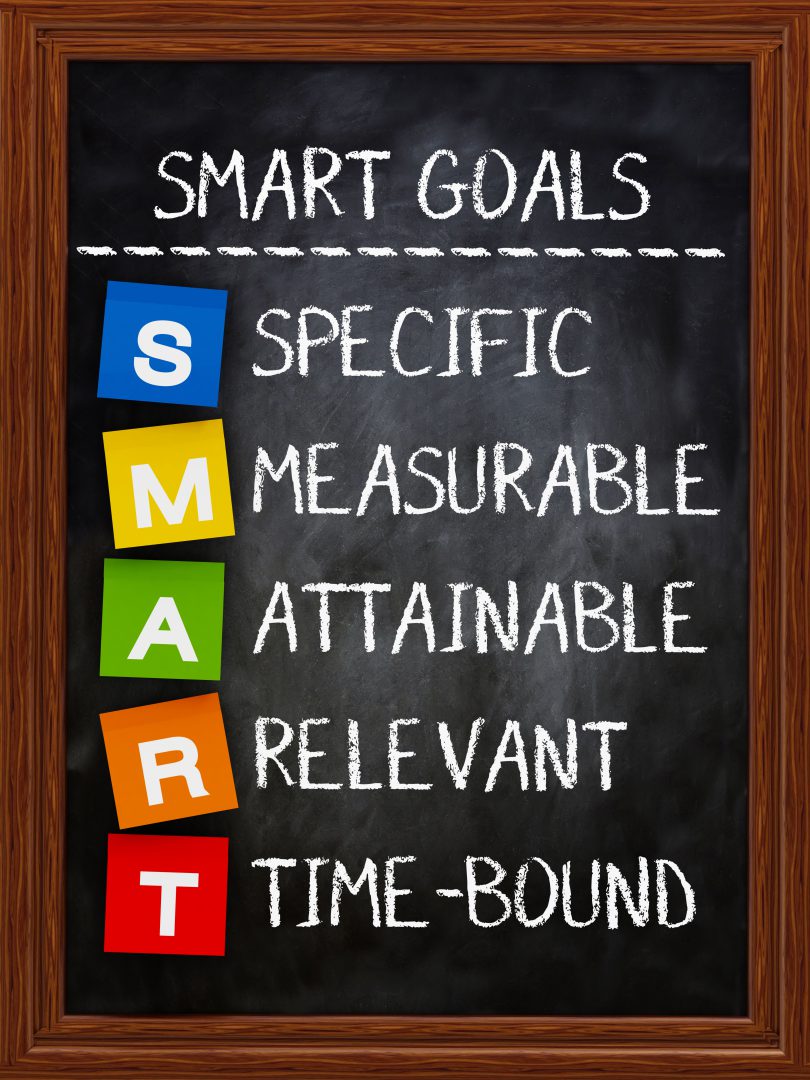Now that we have turned the corner on 2020 (perhaps the longest year ever!) and a new season is on the horizon (even if it is a little delayed), you should be setting goals to help you improve your game. We thought it was time to remind you of some details about how successful athletes set goals.
Setting Goals? Think SMART!
In case you don’t remember, SMART* stands for Specific, Measurable, Attainable, Relevant, Time-bound. Here’s what each of these words means.
Specific – Successful athletes don’t set vague goals, so neither should you. Don’t think -“I’ll improve my game.” Think -“I will increase my ability to get a bunt down” or “I will increase my ability to throw first-pitch strikes.”
Measurable – How will you know if you are reaching your goals? You need to think about improving things you and others can see happen. Let’s modify the goals above – “I will increase my ability to get a bunt down to advance the runner from 5 out of 10 to 7 out of 10 times.” Or “I will throw first pitch strikes at least 60% of the time.”
Attainable – An attainable goal is possible for you to achieve. We’ve been telling you all along that you need to be realistic and objective about your abilities. You should not set goals that are impossible for you to reach within a few weeks or months. Don’t set goals to be perfect either. No one expects you to be perfect and you’ll just end up frustrated. So, keep in mind where you are starting from and be honest with yourself. For example, if you only throw first pitch strikes 20% of the time, you might want to set your first goal at 40%. Remember, when you reach your goal, you can always set another.
Relevant – Make sure you are working on the right things to improve your game. A “relevant” goal is related to what you need to accomplish. Your coach can help you with this one. You may think that you need a goal to improve the break on your breaking ball, but maybe your coach would rather see you be able to maintain your fastball velocity while improve your control (and throw first pitch strikes). Sometimes it’s obvious what you need to work on, but if you have any doubts, ask your coach.
Time-bound – When you don’t have a firm idea about when you should accomplish your goal, it is a lot harder to make a plan or to know what is realistic. You need to know if you are working to reach your goal by next week or next year.
If you follow these rules, your SMART goals might look something like this:
By the end of the summer, I will get a bunt down to advance the runner 7 out of 10 tries.
At the start of next season, I will throw first pitch strikes 60% of the time that I am trying to throw them.
In Setting Goals the Right Way Part 2, we’ll answer some important questions about goals:
- Should I write down my goals?
- How will I now if I’m making progress?
- What kinds of goals are best? Process or outcome? Short-range or long-range?
- Should I set goals that are easy or hard to reach?
*There are different words used for this acronym (SMART) but the ideas are similar even if the words here aren’t the same as the ones your coach uses.






